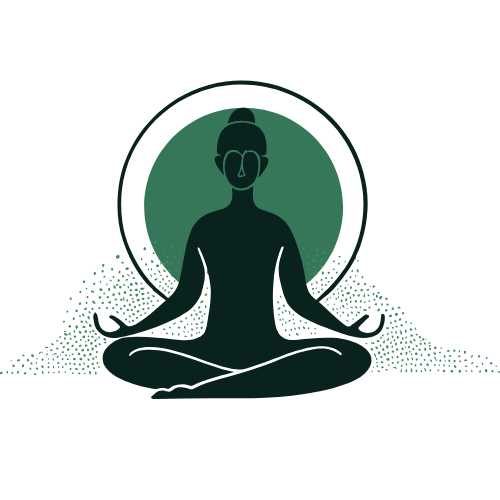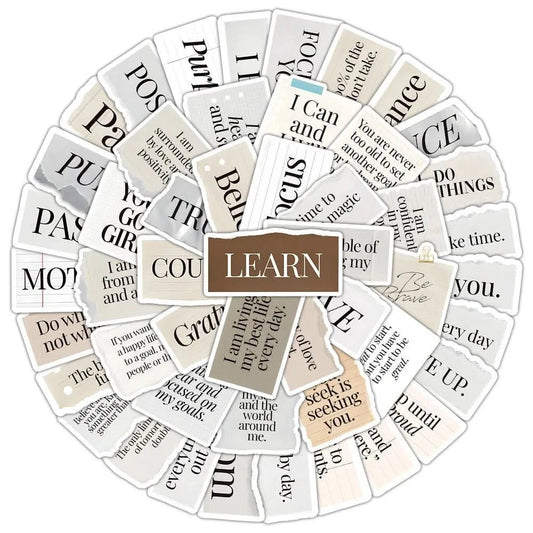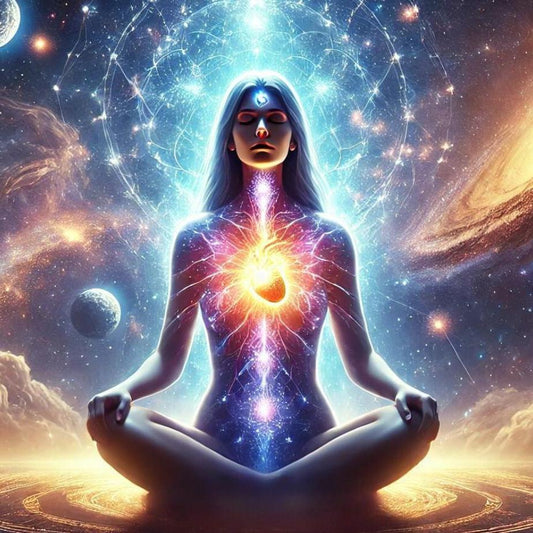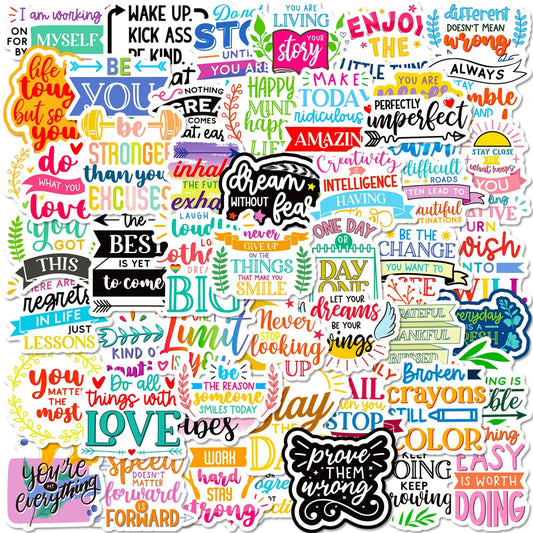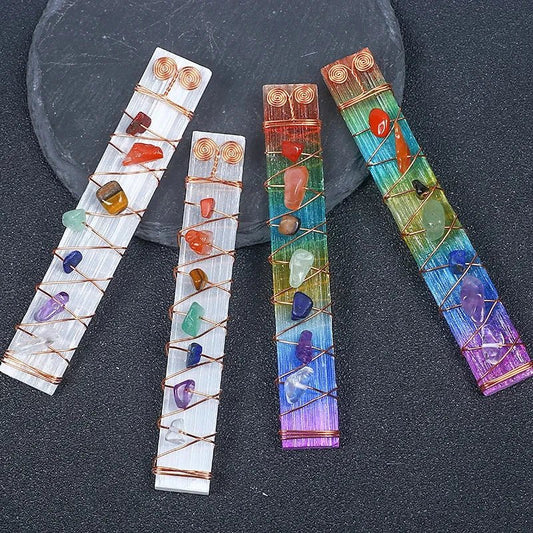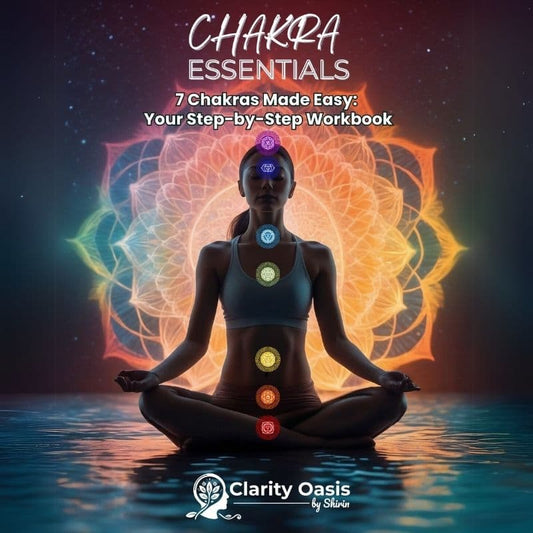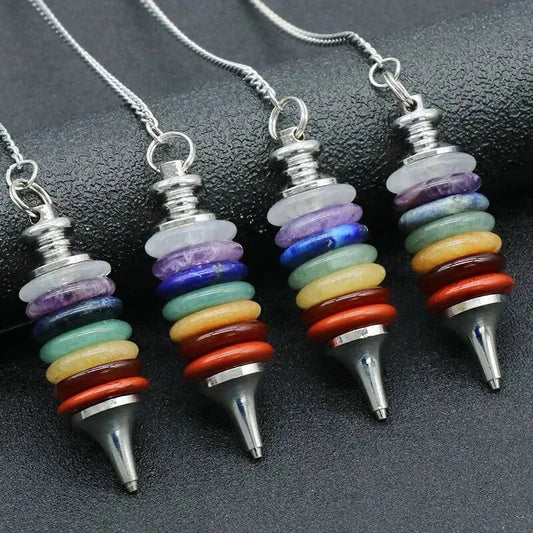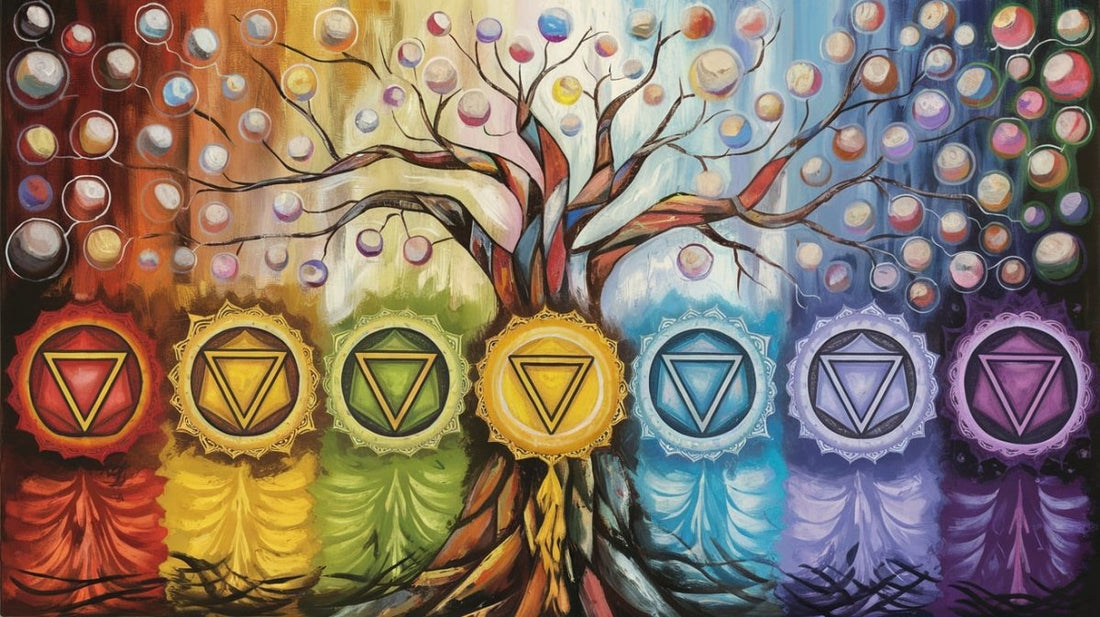
Chakras, rooted in ancient Indian spirituality, and Kabbalah, an esoteric branch of Jewish mysticism, might seem worlds apart, yet they reveal striking parallels that bridge cultural and spiritual divides. Both systems delve into the mysteries of the universe, human consciousness, and the journey toward enlightenment. What if the wisdom of these distinct traditions holds interconnected truths? Let’s unravel seven intriguing links between chakras and Kabbalistic teachings, uncovering their shared paths to spiritual awakening and understanding.
Key Takeaways
- Both systems provide a framework for understanding the flow of energy and spiritual evolution.
- There are direct correspondences between the chakras and the sephirot of the Tree of Life, highlighting the mystical connections between these energy centers.
- The integration of dualities is essential in both spiritual practices for achieving balance, particularly through the interplay of gevurah and chesed.
- Healing in both traditions emphasizes the alignment of physical, emotional, and spiritual aspects of life, reflecting the essence of Kabbalah.
- Meditation and contemplative practices serve as fundamental tools for spiritual growth in both systems.
- Sacred geometry plays a vital role in illustrating the divine order underlying both traditions.
- The ultimate goal in both systems is a connection to the divine or universal consciousness, often achieved through the harmonization of the sacral chakra.
1. Energetic Pathways: The Tree of Life and the Chakra System
The chakra system consists of seven main energy centers along the spine, each influencing physical, emotional, and spiritual aspects of life. The Kabbalistic Tree of Life, with its ten sephirot and 22 pathways, represents divine creation and consciousness. Both systems map the energy flow from the divine to the human body, guiding spiritual ascension and self-realization.
2. Ascension and Spiritual Evolution
In Kabbalah, ascending the Tree of Life symbolizes moving from the material world to divine connection, similar to the chakra system’s rising Kundalini energy from the root to the crown. Both emphasize unlocking the latent potential for enlightenment and achieving unity with the divine.
3. Correspondence of Energy Centers and Sephirot
Chakras align with specific sephirot in the Tree of Life:
- Root Chakra (Muladhara) & Malkhut: Grounding and physical existence.
- Heart Chakra (Anahata) & Tiferet: Compassion, balance, and spiritual integration.
- Crown Chakra (Sahasrara) & Keter: Divine connection and spiritual unity.
- These correspondences highlight stages of growth connecting the body to higher consciousness.
4. Duality and Balance
The chakra system’s Ida and Pingala nadis mirror the Tree of Life’s Pillars of Mercy and Severity. These dual forces balance masculine and feminine energies of expansion and contraction. The central channels—Sushumna and the Pillar of Balance—mediate these opposites, leading to spiritual harmony.
5. Sacred Geometry and Divine Order
Sacred geometry forms the foundation of both systems. The Tree of Life incorporates patterns like the Flower of Life and Metatron’s Cube, symbolizing creation’s order. Similarly, chakra symbols, including the Sri Yantra, represent cosmic energy and interconnectedness, reflecting universal harmony.
6. Healing and Transformation
Chakra healing involves clearing energy blockages and promoting physical and emotional well-being. Kabbalah’s tikkun focuses on soul purification and aligning with divine will. Both systems emphasize holistic healing through balance and integration with higher energies.
7. Meditation and Contemplative Practices
Meditation is pivotal in both traditions. Chakra meditation uses visualization, mantras, and breathwork to activate energy centers. Kabbalistic practices involve meditating on divine names or sephirot to connect with the divine light. Both approaches foster self-awareness, higher consciousness, and spiritual transformation.
Exploring the Intersection of Chakras and Sefirot: A Journey Through Kabbalistic Spirituality
The mystical traditions of Kabbalah and the chakra system offer profound frameworks for exploring spirituality and the human experience. In Kabbalistic thought, the ten sefirot represent the divine attributes through which the Creator interacts with the world, forming the structure of the Beriatic Tree of Life. These emanations provide a pathway to understanding creation and the divine essence, reflecting physical, emotional, and spiritual dimensions. The sefirot's three branches symbolize different aspects of existence, guiding practitioners on their spiritual journey.
Similarly, the chakra system's seven major energy centers along the spine channel life force through the body, each associated with distinct aspects of well-being. For instance, the Solar plexus chakra (Manipura) governs personal power and identity, while the Ajna chakra (third eye) enhances intuition and insight. Both the sefirot and chakras act as tools for personal growth, helping individuals align their physical, emotional, and spiritual selves.
The synthesis of these traditions reveals a unique interplay between spirituality and self-discovery. Kabbalah’s meditative practices and the chakra system's focus on energy alignment converge in their shared goal of transformation and enlightenment. Engaging with these systems can open pathways to higher states of consciousness, including realms beyond the crown chakra, connecting practitioners with universal energy.
By integrating the mystical wisdom of Judaism and Eastern philosophy, seekers can embrace a holistic perspective on existence, fostering a deeper connection to the Divine and the cosmos. Exploring these systems invites a journey of self-discovery, aligning one’s spiritual and worldly experiences to achieve harmony and enlightenment.
Frequently Asked Questions
How Do the 7 Chakras Relate to Kabbalah’s 10 Sefirot?
The 7 chakras align with Kabbalah’s sefirot, connecting physical and spiritual energies, similar to how the manipura chakra relates to experiences of life.
What Does the Throat Chakra Correspond to in Kabbalah?
The throat chakra connects to the lower chakras, balancing the spiritual and physical aspects of expression, much like Kabbalah’s Binah, symbolizing understanding.
How Are the Higher Chakras Above the Crown Linked to Kabbalah?
Kabbalah’s higher sefirot, such as those above the crown, correlate with the higher chakras, representing divine energy and spiritual enlightenment.
What Role Does the Solar Plexus Play in Both Systems?
The solar plexus chakra, linked to the physical body, is mirrored in Kabbalah's sefirot, which guide energy flow and help balance our inner power and ego.
Conclusion
While the chakra system and Kabbalah originate from different cultural and religious backgrounds, they share a common objective: guiding individuals on a path toward spiritual realization, inner harmony, and unity with the divine. Both systems offer detailed frameworks for understanding the complex connections between body, mind, and spirit, highlighting the importance of balance, self-awareness, and the free flow of energy.
By exploring the deep connections between these two spiritual traditions, practitioners can gain a richer, more integrated perspective on their spiritual journey. Combining insights from both Eastern and Western philosophies allows for a more holistic approach to enlightenment, encouraging personal growth and spiritual fulfillment.


